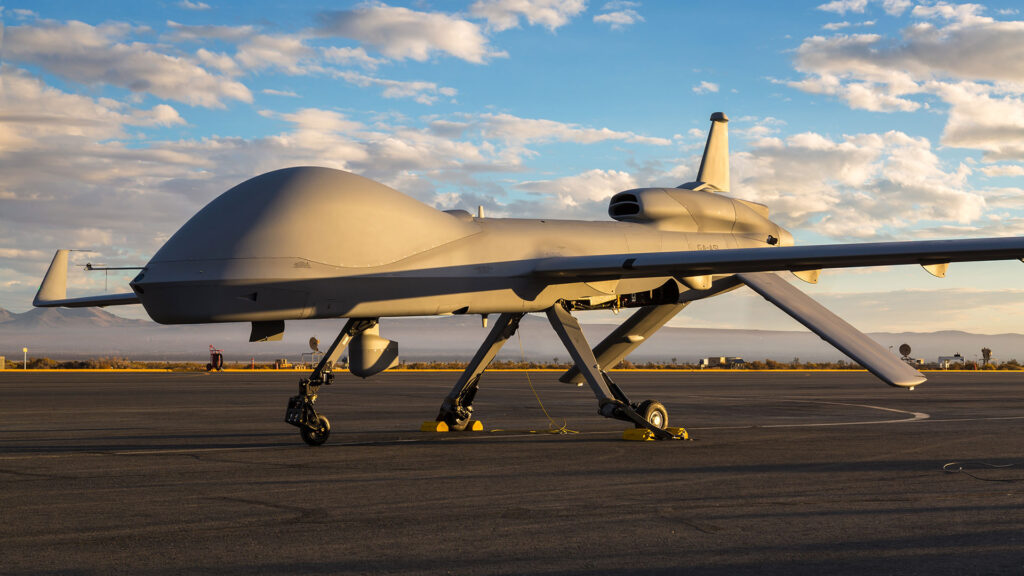Defense Daily
-
 Uncategorized
UncategorizedPentagon Announces New Naval Nominations
The Defense Department on July 18 announced several new nominations for the Department of the Navy, including Naval Air Systems Command, the I Marine Expeditionary Force, and Navy Personnel Command. […]
Tagged in: -
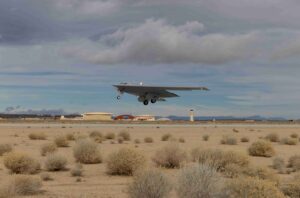 Air Force
Air ForceAny Decision To Accelerate B-21 Production Will Require Northrop Grumman To Boost Investment
If the Pentagon decides to increase production of the U.S. Air Force’s new B-21 stealth bomber it will require further investment by Northrop Grumman [NOC], which in turn expects to […]
-
 Air Force
Air ForceHASC Wants USAF to Lay Out Plan for Full-Scale Production of CCA Increment 1
The House Armed Services Committee (HASC) wants the U.S. Air Force to lay out its plan for full- scale production of Collaborative Combat Aircraft (CCA) Increment 1. “The committee expects […]
-
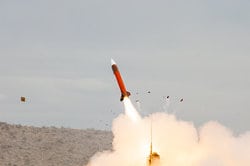 Business/Financial
Business/FinancialRTX Posts Strong Second Quarter But Lowers Earnings Outlook On Tariff Headwinds
RTX [RTX] on Tuesday reported strong top and bottom-line gains in its second quarter led by its defense and Collins Aerospace segments but the company lowered its earnings guidance for […]
-
 Air Force
Air ForceWill Hypersonic Weapons Costs Come Down?
One of the arguments against hypersonic missiles has been their cost—at least $15 million per weapon, but panelists at a Monday discussion at the Hudson Institute on modular weapons said […]
-
Tuesday, July 22, 2025
- HASC NDAA Requires JROC Certification Before Army Can Divest Extended Range Gray Eagles
- Booz Allen Triples Venture Funding Commitment To $300 Million
- DIU, Partners Select Finalists For Low-Cost Sensing Counter-Drone Challenge
- U.S. OKs Potential $620 Million Naval Strike Missile Coastal Defense System Deal With Bulgaria
- L3Harris and BAE Systems to Work Under $300 Million Italian Air Force Electronic Attack Contract
- Philly Shipyard Outlines Hanwha’s Improvements, Workforce Plans
- Rune Technologies, Software Developer For Comprehensive Logistics, Raises $24 Million
- House Appropriations Bill That Funds NNSA Clears Committee, Moves to Full House
-
Tuesday, July 22, 2025
- HASC NDAA Requires JROC Certification Before Army Can Divest Extended Range Gray Eagles
- Booz Allen Triples Venture Funding Commitment To $300 Million
- U.S. OKs Potential $620 Million Naval Strike Missile Coastal Defense System Deal With Bulgaria
- Rune Technologies, Software Developer For Comprehensive Logistics, Raises $24 Million
- L3Harris and BAE Systems to Work Under $300 Million Italian Air Force Electronic Attack Contract
- DIU, Partners Select Finalists For Low-Cost Sensing Counter-Drone Challenge
- Philly Shipyard Outlines Hanwha’s Improvements, Workforce Plans
- House Appropriations Bill That Funds NNSA Clears Committee, Moves to Full House
-
 Navy/USMC
Navy/USMCPhilly Shipyard Outlines Hanwha’s Improvements, Workforce Plans
PHILADELPHIA – The Philly Shipyard’s new Korean owners plan to boost the workforce numbers, use several new technologies, and add new capabilities to help it dramatically increase the production rate. […]
Tagged in: -
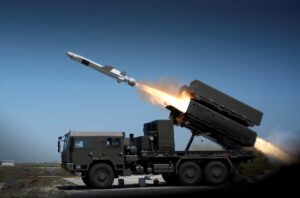 International
InternationalU.S. OKs Potential $620 Million Naval Strike Missile Coastal Defense System Deal With Bulgaria
The State Department has approved a potential $620 million deal with Bulgaria for a Naval Strike Missile Coastal Defense System (NSM CDS). The Defense Security Cooperation Agency (DSCA) notified Congress […]
-
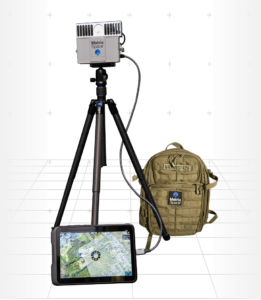 Unmanned Systems
Unmanned SystemsDIU, Partners Select Finalists For Low-Cost Sensing Counter-Drone Challenge
The Defense Innovation Unit (DIU), U.S. Northern Command, and the Army on Monday announced 10 companies that will demonstrate their low-cost sensing technologies for counter-drone applications at a military exercise […]

